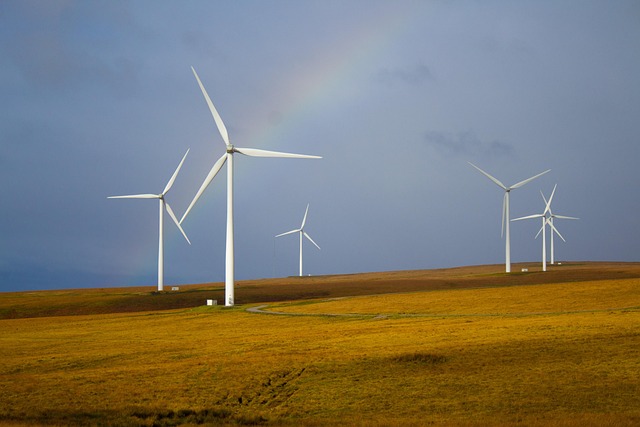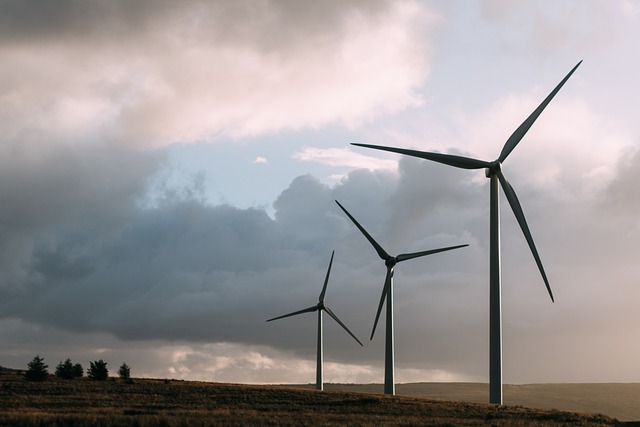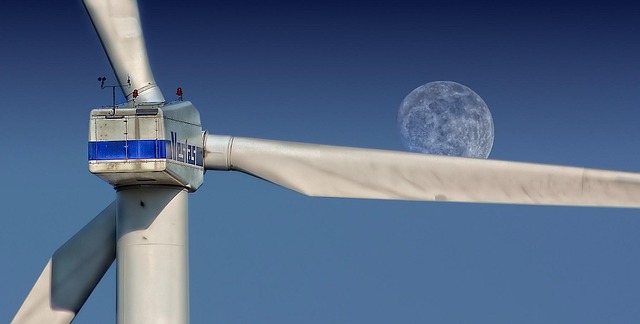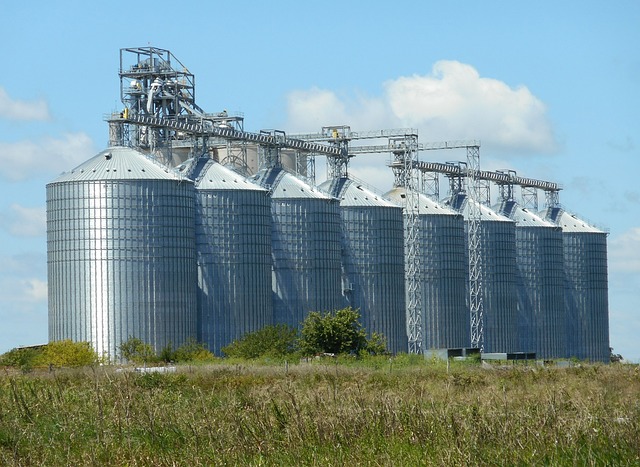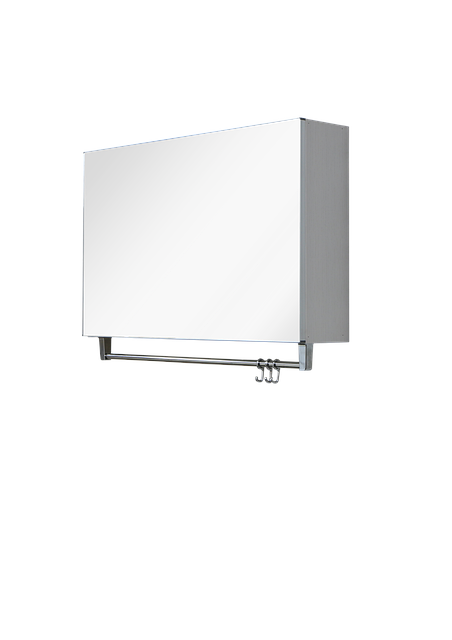From Sun to Socket: The Journey of Energy Storage Innovations
In an era where clean energy solutions are paramount in addressing climate change and energy security, the need for efficient energy storage systems has never been more critical. The journey of energy, from its generation through renewable sources to its final delivery to consumers, embodies a complex interplay of technology and innovation. This article explores the evolution of energy storage innovations, examining their significance in enhancing the reliability and sustainability of energy systems globally.
The Importance of Energy Storage
Energy storage serves as a bridge between energy generation and consumption. With significant advancements in renewable energy technologies, particularly solar and wind, the need for energy storage is amplified. Renewable resources are inherently variable; the sun doesn’t always shine, and the wind doesn’t always blow. Therefore, energy storage acts as a vital component in managing these fluctuations, ensuring that energy supply consistently meets demand.
Energy storage systems (ESS) provide numerous benefits, including:
- Load Balancing: They help balance supply and demand by storing excess energy during peak generation times and releasing it during peak consumption times.
- Grid Stability: ESS enhances grid stability by providing ancillary services such as frequency regulation and voltage support.
- Renewable Energy Integration: They enable greater penetration of renewable energies into the grid, thus reducing reliance on fossil fuels.
- Energy Arbitrage: Individuals and businesses can store energy when prices are low and sell or use it when prices are high, leading to cost savings.
Historical Perspective on Energy Storage Innovations
The concept of energy storage is not new. Historically, various methods have been used to store energy well before the modern age of renewable energy. Early civilizations harnessed water storage for agriculture, while the rise of mechanical systems presented other means of storing energy.
In the 19th century, the development of the first dynamo by Michael Faraday paved the way for electric energy generation. However, it was not until the 20th century that significant strides were made in energy storage technology. The advent of lead-acid batteries marked a pivotal moment, enabling portable energy storage for automobiles and eventually for stationary applications.
Modern Energy Storage Technologies
Today, energy storage innovations encompass a range of technologies, each with unique characteristics, advantages, and limitations. It is essential to understand these technologies to appreciate their role in modern energy systems.
Batteries
Batteries have become synonymous with energy storage. Lead-acid batteries, lithium-ion batteries, and newer technologies like solid-state batteries and flow batteries represent the forefront of energy storage innovation.
Lead-Acid Batteries: An industry staple for over a century, lead-acid batteries are widely used for vehicle propulsion and backup power systems. Their relatively low cost and reliability make them appealing, although they have lower energy density compared to more modern alternatives.
Lithium-Ion Batteries: Dominating the market today, lithium-ion batteries offer higher energy density, longer life cycles, and faster charging capabilities. Their application ranges from smartphones to electric vehicles. However, concerns regarding resource extraction, recycling, and thermal stability have sparked research into more sustainable battery alternatives.
Solid-State Batteries: Seen as the next leap in battery technology, solid-state batteries promise improved safety and energy density. By replacing the liquid electrolyte with a solid material, these batteries mitigate some risks associated with liquid electrolytes. Research is ongoing to bring this technology to commercial viability.
Flow Batteries: Suitable for large-scale applications, flow batteries store energy in liquid electrolytes, theoretically allowing for infinite cycling without degradation. They are ideal for balancing energy supply from renewable sources, although their cost and complexity have limited widespread adoption.
Mechanical Storage
Mechanical forms of energy storage include pumped hydro storage, compressed air energy storage (CAES), and flywheels. These systems operate on fundamental physical principles, utilizing potential and kinetic energy storage methods.
Pumped Hydro Storage: The most widely used form of large-scale energy storage, pumped hydro systems store energy by pumping water to a higher elevation during periods of low energy demand and releasing it to generate electricity when demand peaks. This method is highly efficient, though site-specific limitations can restrict its deployment.
Compressed Air Energy Storage (CAES): CAES systems store energy by compressing air in underground caverns. When energy is needed, the compressed air is heated and expanded to drive turbines. While still at the developmental stage, CAES has potential for large-scale applications.
Flywheels: Energy is stored in kinetic form by spinning a rotor at high speeds. Flywheels can respond rapidly to fluctuations in energy demand, making them useful for grid stabilization and in applications requiring short bursts of energy.
Thermal Storage
Thermal energy storage involves storing energy in the form of heat, which can later be converted back into electricity or used for heating applications. Common methods include molten salt storage used in concentrated solar power (CSP) plants and ice storage for cooling purposes.
Molten Salt Storage: In CSP systems, molten salt is heated using sunlight, which can later be used to generate steam and drive turbines. This approach allows solar power plants to produce energy even when the sun isn’t shining, thus extending their operational hours.
Ice Storage: Ice storage systems produce ice during off-peak hours and use it for cooling during peak demand, thus reducing energy costs and relieving stress on the electrical grid.
Emerging Trends and Innovations
The energy storage landscape continues to evolve, with several promising trends shaping future developments in this field. These innovations particularly focus on enhancing performance, sustainability, and economic viability.
Recycling and Second-Life Batteries
As the use of batteries increases, so does the need for effective recycling strategies. Developing methods to recycle lithium-ion batteries is crucial to reducing environmental impact and reclaiming valuable materials for reuse. Moreover, second-life applications for used batteries — such as stationary energy storage systems — can provide an additional avenue to maximize the life cycle of battery components.
Smart Grids and Energy Management Systems
With the integration of energy storage into smart grids, energy management systems (EMS) will become more advanced, allowing for real-time monitoring, demand response, and enhanced grid interactivity. Innovations in artificial intelligence and machine learning will facilitate predictive analytics, thereby optimizing energy storage operations and energy use efficiency.
Decentralized Energy Storage
The rise of decentralized energy systems, such as rooftop solar combined with battery storage, enables a more resilient grid and empowers consumers to take control of their energy use. Homeowners can generate their electricity, store excess, and sell back to the grid, creating a more democratized energy landscape.
The Future of Energy Storage
As the global energy landscape undergoes a transformational shift, energy storage solutions will play a pivotal role in achieving energy sustainability. Ongoing research and innovation will address current technological limitations, and the coordination between policymakers, industry players, and researchers will be key in fostering synergies that push the boundaries of what is possible.
Investment in energy storage technologies is expected to grow significantly, driven by decreasing costs and increasing demand. The combination of renewable energy sources and innovative storage solutions can simultaneously fortify energy security and promote environmental responsibility.
Conclusion
The journey of energy from generation to consumption is complex and filled with challenges, yet innovations in energy storage technology signify a crucial development in addressing these challenges. From the evolution of traditional batteries to the advances in mechanical and thermal storage systems, the landscape of energy storage is rich with potential. As we embark on a more sustainable energy future, the integration of energy storage solutions will undoubtedly enhance our ability to harness renewable resources, ensuring that energy is available when and where it is needed.
As various stakeholders unite in pursuit of a cleaner and more reliable energy future, the continued exploration and implementation of energy storage innovations will prove essential. This journey from sun to socket is not just a technological transformation; it is a path toward a sustainable and secure energy landscape for generations to come.
